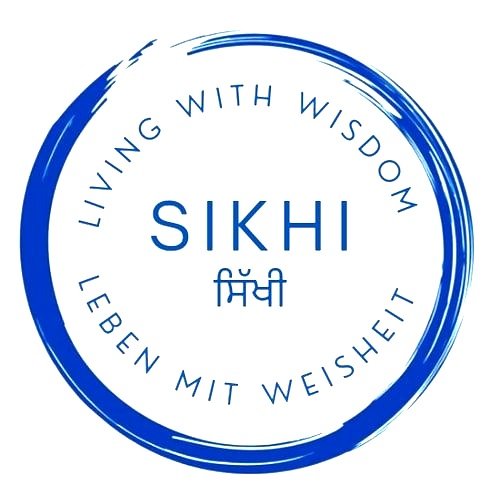Visibly Faithful: Who is this today and how does it feel?
Panel discussion of the Global Ethic Foundation. The panelists unanimously agreed that religious conviction should be recognized based on actions rather than merely the outward appearance. Photo: Stiftung Weltethos, Matthias Dengler
Turban, religious necklace, kippah – visibly devout
Who are those today who are visibly spiritual and faithful, and how does it feel to be immediately identified as a member of a religious community? At a panel discussion on November 17, 2022, in Stuttgart, Germany, representatives from Judaism, Sikhi and the Bahá'í religion exchanged views on religious visibility with Dr. Theresa Beilschmidt of the Global Ethic Foundation. Religions that are otherwise less represented and visible in public discourses were consciously brought into the discussion.
Diversity of Perspectives
Various perspectives on religions and religiosity were explored during the discussion. Levi Israel Ufferfilge is a Judaist, religious educator, and rabbi candidate. He pointed out that religious visibility in Germany is not always a pleasant matter for believers. Therefore, in his diverse and courageous engagement, he always pursues the goal of helping younger generations so that wearing a kippah is no longer seen as a dangerous act.
The purpose of religion is to create love and unity among each other, says Clara Schwanzer, a student, health and nursing care worker, and member of the Bahá'í community. Unity in diversity is challenging but necessary and also achievable.
Khushwant Singh, a Sikh, voluntarily engaged in the SikhiCouncil, and Head of Secretariat of the International Partnership on Religion and Sustainable Development (PaRD), emphasized that a respectful language towards religious co-citizens promotes a sense of belonging. Language shapes thinking and thus reality. An appropriate use of language contributes to solidarity and the acceptance of religious diversity.
Digital communication was a key challenge for all panelists. Especially concerning young people, the ability to network globally though digital tools is essential and has many positive aspects. Clara Schwanzer pointed to the times of COVID when online communication was a significant enrichment. Levi Israel Ufferfilge added that besides social communication, traditional teaching through digital platform remains important also after the pandemic. Khushwant Singh also expressed a critical view of social media, using the analogy of a scalpel, which is used in medicine for healing but could also be misused to harm someone. This dual nature is omnipresent, also in digital communication. As the digital world is heavily based on promoting (animated) images, instances where people and religiosity are reduced to symbols and superficial understandings are increasing.
Values
The Global Ethic Foundation (Stiftung Weltethos) aims to strengthen common values of living together. That is why values were also discussed as a unifying element during interreligious discussions. While Clara Schwanzer emphasized the common core values of all religions, Khushwant Singh focused on the connection of inherent values with nature. Levi Israel Ufferfilge questioned whether individual values like non-violence can indeed be applied to all religions. He referred to the principle of learning and teaching to fulfill the Divine Will in the highest form. Furthermore, the learned wisdom must be put into practice. All panelists agreed that religious conviction should be recognized based on actions rather than the appearance.
After the event, the panelists positively acknowledged the pleasant, and opne-minded atmosphere, which allowed for a respectful conversation about commonalities rather than disparities.
The event took place as part of the exhibition “World Religions - World Peace - Global Ethics” at the Stuttgart District Court and the Jewish Cultural Weeks. The World Ethics exhibition can be visited until December 15, 2022, during the opening hours of the Stuttgart District Court.

